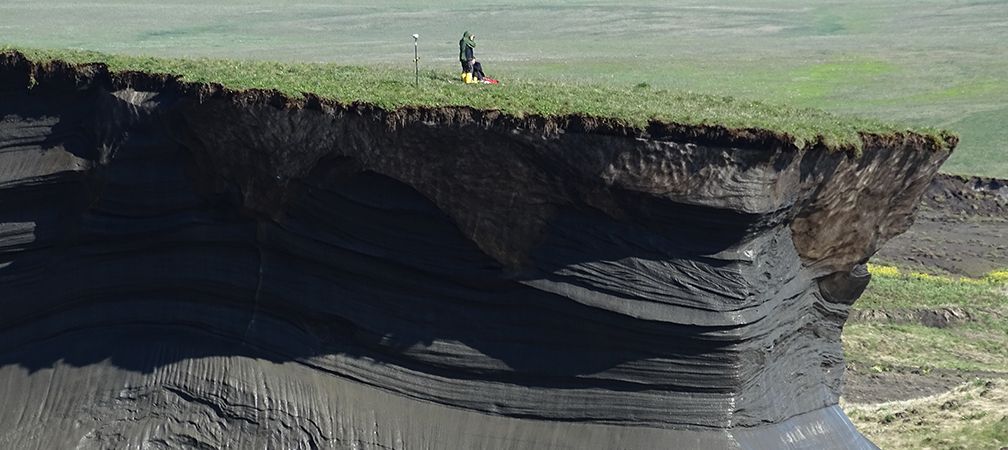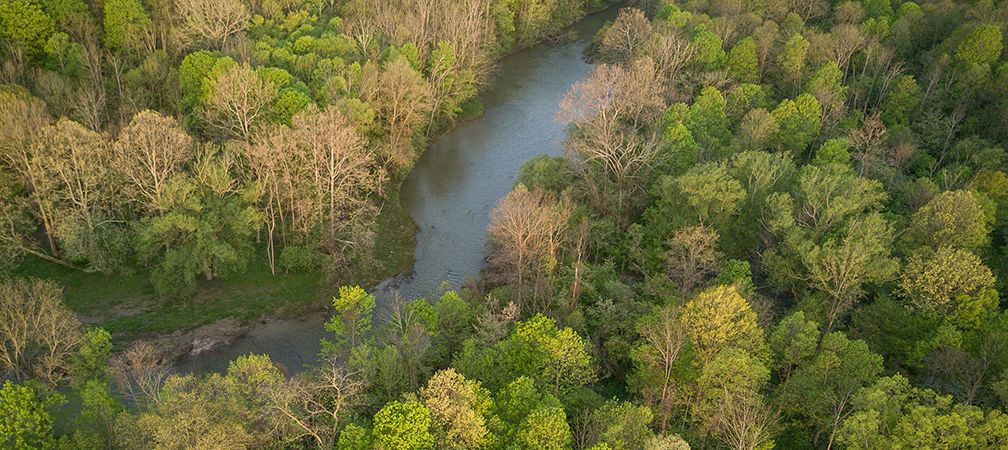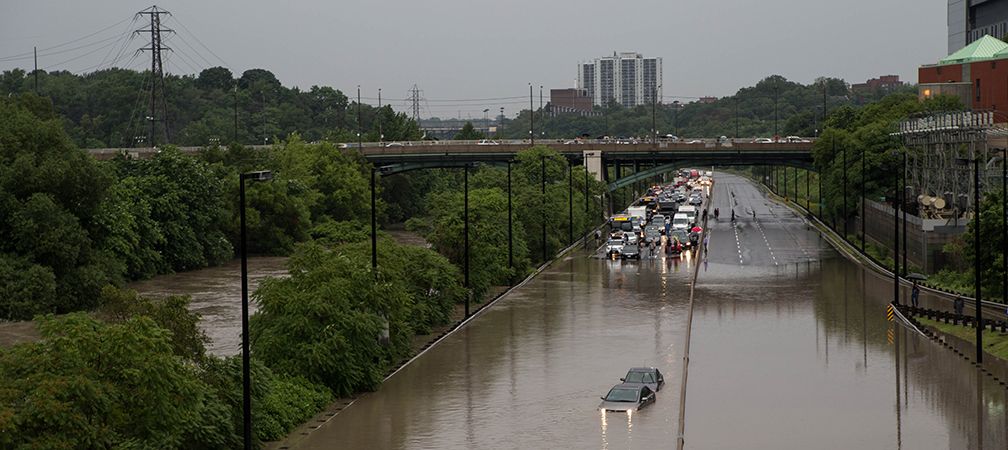Ontario Nature Blog
Receive email alerts about breaking conservation
and environmental news.
© Lora Denis
October 14, 2021–Jenna Cardoso
Climate Change•Environmental Education•Stewardship and restoration
Waterspouts, Lake Erie © Mark K CC BY-SA 2.0
This blog is the second in our a series about nature-based solutions to climate change. Canada is warming twice as fast as the global rate, causing profound changes to our climate, health and biodiversity. Climate change is imperiling water, food, biodiversity and the natural systems that we rely on.
Part I: Diving into Natural Climate Solutions
I tend to retreat to the forest when faced with a tough decision. Maybe it’s the smell of the trees and fresh air that rejuvenate my senses or the uneven trail with crisscrossing roots and rocks that force me to get out of my head and watch where I’m stepping. Maybe it’s that my problems seem smaller and easier to solve compared to the vastness of nature. Whatever it is, by the end of my walk, my mind always feels clearer than it was before I walked in.
We are facing some tough decisions regarding climate change and biodiversity loss. According to the UN, “neither will be successfully resolved unless both are tackled together”. Luckily, many researchers and conservation organizations have started to focus their attention on nature-based climate solutions.
Nature has perfected the carbon sequestration process over thousands of years. Forests remove carbon dioxide from the atmosphere through photosynthesis and use it to grow bark, branches, roots and leaves. They also store carbon dioxide in the soil in the form of organic matter.

Recently, much of our efforts have been focused on planting trees through programs like Canada’s 2 Billion Trees Commitment. However, studies have found that soils and peatlands store eight to eleven times more carbon in the boreal forest than the trees do. Forests are still an important carbon sink but they aren’t the only one. We need to expand our protection, management and restoration efforts to include all ecological systems.
Along with absorbing greenhouse gases and preventing future emissions, nature-based climate solutions also provide a wide range of other benefits such as:

The protection and restoration of Ontario Nature’s Sydenham River Nature Reserve is an example of a nature-based climate solution. We are currently working on a long-term restoration project to convert agricultural fields to tallgrass prairie and eventually, Carolinian forest. Located in the heavily developed Carolinian Life Zone, our restoration efforts will not only sequester carbon, but also stabilize part of the Sydenham Riverbank by preventing erosion and providing a buffer from contaminants. This will help with filtering water that supports 38 species of mussels – of which 16 are at risk.
The government of Canada has committed to investing $4 billion into nature-based climate solutions over the next 10 years through their Nature Smart Climate Solutions Fund. However, the success of this program will require a shift in our relationship with nature towards one that recognizes, respects and appreciates Earth.

Right now, we have a big decision to make. Do we continue with business as usual? Or do we do everything in our power to change our ways and reverse the harm we are causing to Mother Earth and ourselves?
I urge you to go for a hike in nature and then make your decision.
Subscribe to our blog to read the next installment of this Climate Solutions Series.

Gananoque Lake Nature Reserve © Smera Sukumar
Thank you for the article! Keep up the good work!)
Thank you for this. It is very inspirational. I just sent it to a friend in the UK who is fighting to preserve a thousand year old field from development, where badgers now live.
Your doing great work, keep up the wonderful work!
Northeast Ecological Recovery Society.